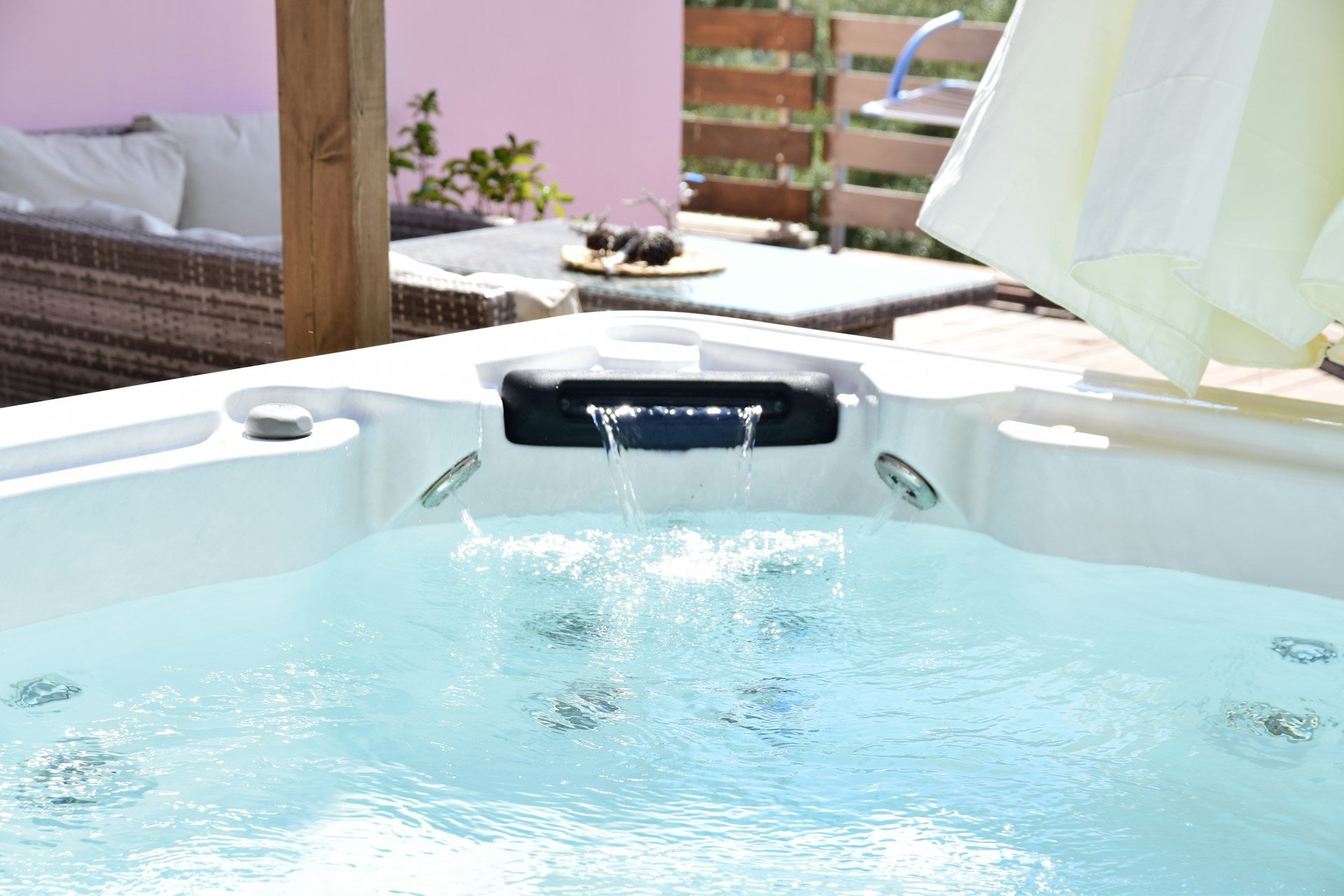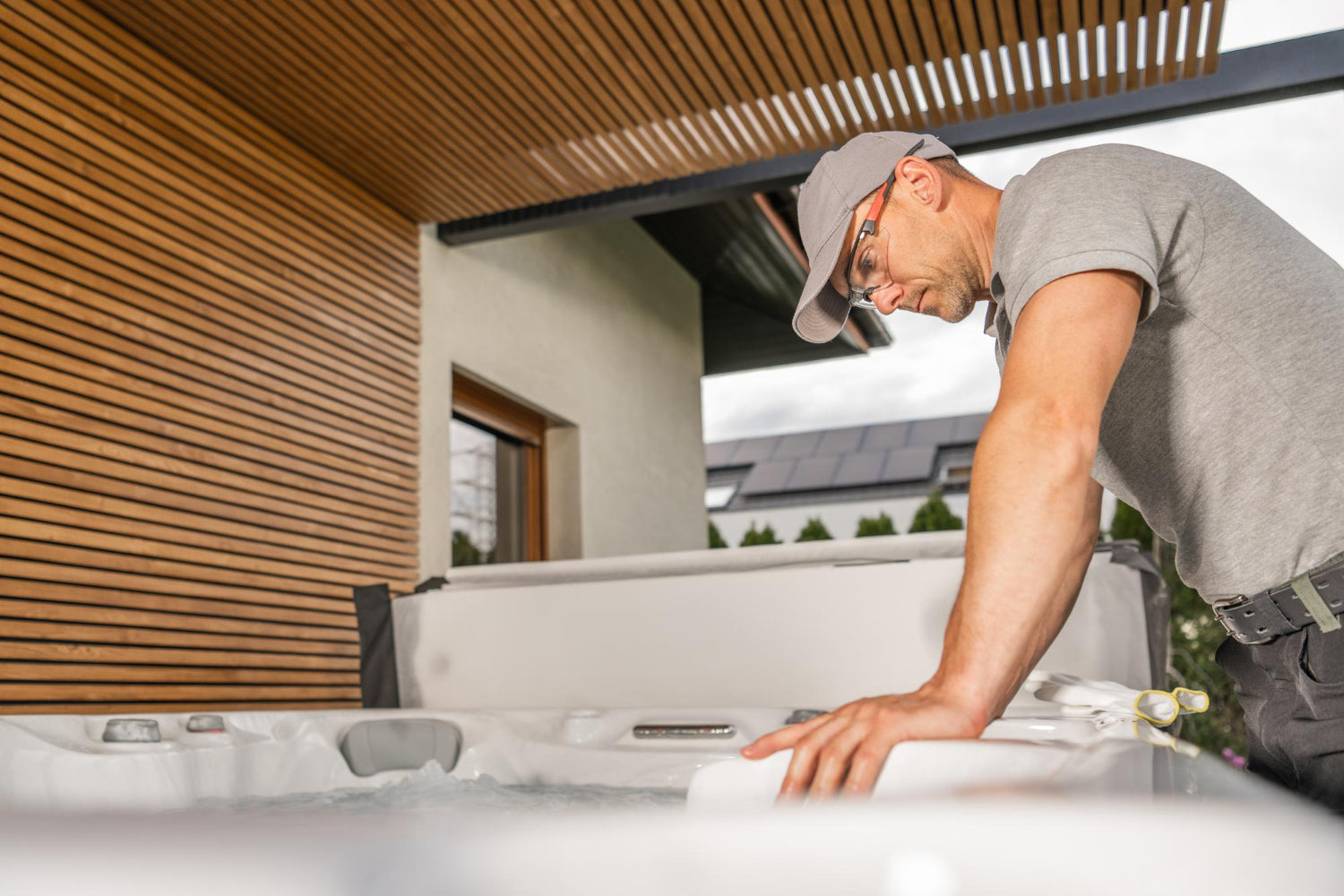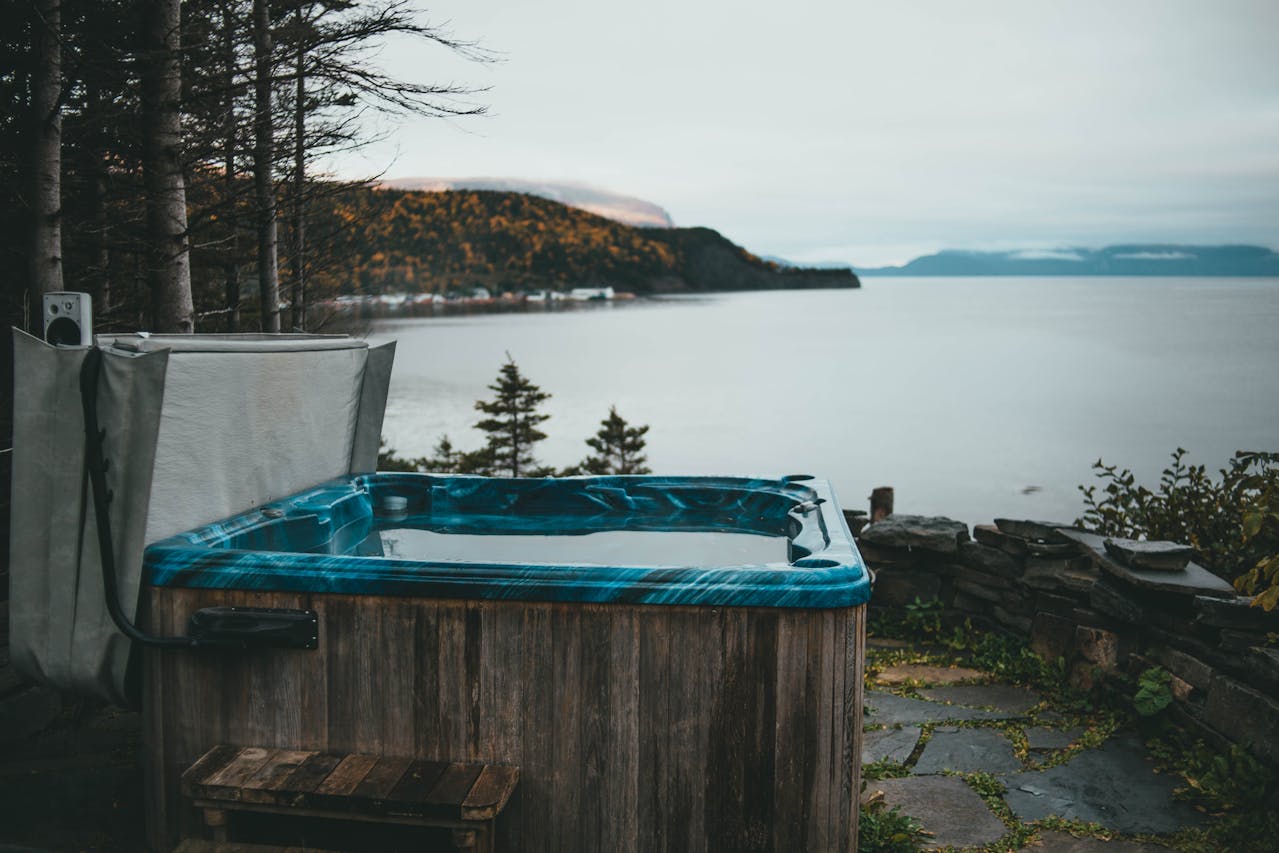Smart Energy Savings for Hot Tub Owners: Tips and Best Practices

Owning a hot tub offers countless benefits, including relaxation, stress relief, and socializing opportunities. However, hot tubs can also contribute to increased energy consumption, leading to higher utility bills and environmental impact. With proper planning, operation, and maintenance, you can optimize your hot tub's energy efficiency, reducing energy costs and enjoying an environmentally friendly spa experience.
In this comprehensive guide, we will provide practical tips and best practices for maximizing energy efficiency and minimizing the running costs of your hot tub. From insulation and efficient operation to smart habits and accessories, we'll cover a wide range of approaches to help you make the most of your hot tub experience while reducing energy consumption. Whether you're a new hot tub owner or a seasoned spa enthusiast, these energy-saving tips and recommendations are essential for creating a more cost-effective and eco-conscious hot tub environment.
Embrace the wisdom and practicalities of energy efficiency and take your hot tub experience to new heights. By adopting these tips and best practices, you can enjoy the countless benefits of spa ownership without breaking the bank or compromising environmental responsibility.
1. Insulation and Heat Retention: Smart Upgrades for Energy Efficiency
Investing in high-quality insulation and heat retention solutions can lead to significant energy savings. Consider these options to enhance your hot tub's energy efficiency.
Upgrade Your Hot Tub Cover:
A well-insulated, properly fitting hot tub cover is essential for preventing heat loss, especially during colder months. Ensure your cover is free of damage or wear, and consider upgrading to a high-quality, energy-saving cover if needed.
Insulate Your Hot Tub Shell and Cabinet:
Improving the insulation of your hot tub's shell and cabinet can dramatically reduce heat loss and energy consumption. Opt for full foam insulation or consider retrofitting your current hot tub with additional insulation materials.
Invest in a Floating Thermal Blanket:
A floating thermal blanket can be placed directly on the water's surface, providing an added layer of insulation and minimizing heat loss through evaporation. This simple, cost-effective solution can lead to significant energy savings.
2. Efficient Operation and Maintenance: Tips for Smart Hot Tub Use
Adopt these practices to optimize your hot tub's energy consumption during daily use and maintenance.
Maintain Optimal Water Temperature:
Monitor and maintain your hot tub's water temperature within the recommended range, typically between 100-102°F. Keep in mind that every degree increase in temperature can result in higher energy costs.
Regularly Clean and Replace Filters:
A clean and functioning filter is crucial for efficient hot tub operation. Regularly clean your filter and replace it as needed to ensure proper water circulation, reducing strain on the circulation pump and minimizing energy consumption.
Utilize ECO or Economy Mode:
Many hot tubs feature energy-saving modes, such as ECO or Economy, which optimize heating and filtration cycles to conserve energy. Utilize these modes when possible to maintain water quality while minimizing energy use.
3. Energy-Saving Hot Tub Accessories and Upgrades
Explore hot tub accessories and upgrades specifically designed to enhance energy efficiency and promote eco-friendly operation.
Energy-Efficient Pumps and Heaters:
Consider upgrading to energy-efficient pumps and heaters, which can reduce electricity usage while maintaining optimal performance. Look for ENERGY STAR certified components, which meet strict energy efficiency guidelines.
Solar Heating Options:
Solar heating systems, such as solar panels or solar water heaters, can be a cost-effective solution for heating your hot tub, harnessing the sun's energy to produce heat. While the upfront cost may be higher, the long-term energy savings can be significant.
Smart Controls and Timers:
Integrate smart control systems or timers into your hot tub setup, allowing you to automate and optimize heating and filtration cycles based on your usage patterns, ultimately saving energy and reducing costs.
4. Establishing Smart Hot Tub Habits: Simple Steps for Energy Conservation
Embrace these eco-conscious hot tub habits to minimize energy consumption and enjoy a more sustainable spa experience.
Reduce Soak Time:
Minimizing the duration of your hot tub sessions can contribute to overall energy savings. Reducing your soak time can lead to reduced water evaporation, less heat loss, and lower energy consumption.
Turn Off Jets When Not in Use:
Hot tub jets can increase water evaporation and heat loss, so make a habit of turning off the jets when not in use to conserve energy.
Periodically Monitor Energy Consumption:
Regularly analyze your utility bills to assess energy usage patterns, identify potential inefficiencies, or recognize the effects of recent energy-saving upgrades and practices.
Hot Tub Energy Efficiency – A Greener Path to Relaxation
Embracing energy efficiency in your hot tub experience not only lowers your energy bills but also contributes to a more environmentally friendly spa environment. By investing in insulation and heat retention upgrades, maintaining efficient operational practices, exploring energy-saving accessories, and establishing smart hot tub habits, you can significantly reduce your hot tub's energy consumption while maintaining the comfort, relaxation, and enjoyment that a hot tub has to offer.
As you journey towards a more eco-conscious hot tub experience, take comfort in your contributions to a greener planet, providing a more sustainable future for yourself and future generations to come. Get your hot tub accessories from TUBTEK!



